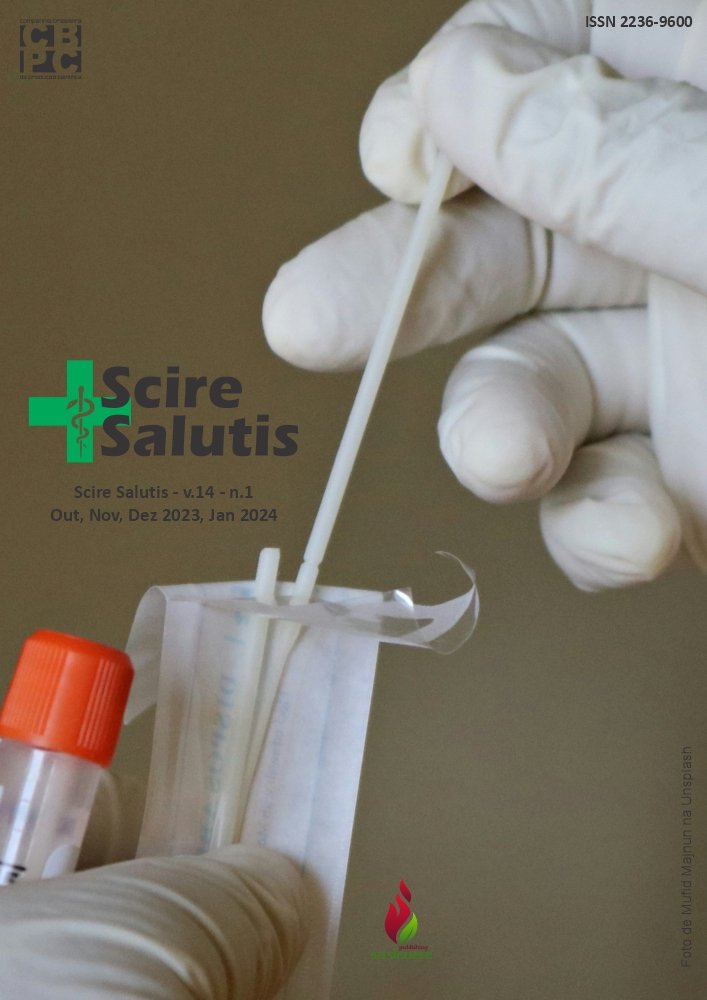Occurrence of cryptococcus neoformans in excreta from pigeons in the city of Guaraí/TO
DOI:
https://doi.org/10.6008/CBPC2674-6506.2019.002.0001Keywords:
Cryptococcosis, Columba livia, HIVAbstract
The presence of pigeons in places with large circulation of people becomes a serious health problem, due to the feces of these animals, they presented microorganisms that cause opportunistic infections in humans. Cryptococcus neoformans is an encapsulated yeast that reproduces by budding and has great medical importance, as it is the etiological agent of cryptococcosis. The objective of this study is to investigate the occurrence of Cryptococcus neoformans in the excrement of pigeons in public places in the city of Guaraí / TO and to analyze the main virulence factors found in the literature, associated with these yeasts. The samples were collected with the aid of spatulas, masks and gloves and stored in sterile plastic bottles, standardized and identified as to the place and date of collection. The samples were grown on sabouraud dextrose agar at 37ºC and observed daily, for up to 10 days, for macromorphological evaluation of the colonies. Micromorphology was performed through direct examination with ink and urea hydrolysis was used to confirm the fungus. Among the samples selected to compose this study, 75% (6/8) presented the presence of yeasts coated with polysaccharide capsules. However, only 62.5% (5/8) of the samples collected showed a positive reaction for the confirmatory test, the urea test. It is important that the population be aware of the health risks that may be exposed daily by visiting the places that presented positive samples for this fungus, being visible the need for birth control policies for urban birds.
Downloads
Published
Issue
Section
License
The CBPC - Companhia Brasileira de Produção Científica (Brazil CNPJ: 11.221.422/0001-03) the material rights of the published works. The rights relate to the publication of the work anywhere in the world, including rights to renewals, expansions and dissemination of the contribution, as well as other subsidiary rights. All electronically published works may subsequently be published in printed collections under the coordination of this company and / or its partners. The authors preserve the copyright, but are not allowed to publish the contribution in another medium, printed or digital, in Portuguese or in translation.








